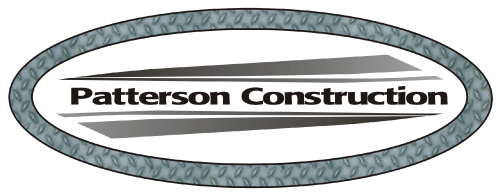Does Spray Foam Roofing Work?
When remodeling a building, it's essential to get the most value for your hard-earned money. For instance, roofing is considered the most critical aspect for a house and has a budget to match. It's no different for businesses, but there are always ways to cut down commercial buildings' roofing costs. Spray foam roofing is an affordable alternative to traditional roofing options that provides excellent protection.
Here's what you need to know about spray foam roofing.
How does it work?
Spray foam roofing consists mainly of a spray foam layer, but a base coat, a topcoat, and granules add more protection, water resistance, and durability.
The spray foam—also known as spray polyurethane foam, or SPF—is made by mixing polyol or resin with isocyanate. When heated and spray-applied through a nozzle, the ingredients rapidly foam and expand 20 to 30 times their original size, sealing the surface with a protective layer.
Standard applications provide a minimum of one-inch thick foam layer after expansion, but most roofs have a 1.5-2-inch thick layer. The thickness is determined by the roof angle, required R-value, building codes, and climate.
After the foam layer is applied, a base coat of silicone is added, usually within a few hours to three days. After the base coat has cured, a silicone topcoat with embedded granules is put on to add more durability and water protection.
If the roof has pipes or conduits that are part of HVAC systems or skylights, the foam is applied around these to keep the roof seamless.
Spray roof benefits
Spray foam roofing has several benefits over traditional roofing options.
The foam has a naturally high R-value. The R-value is an indicator of heat conductivity, and higher values indicate better head insulation. A thin layer of spray foam provides excellent heat insulation, which is a significant benefit for large buildings.
Installing spray foam roofing is much cheaper and faster than traditional methods. The preparation phase doesn't last nearly as long depending on the roof's current condition, and spraying the foam and coats can take only minutes. Unlike tiles or shingles that need to be cut or positioned around obstacles, spray foam roofing can be quickly applied in a uniform layer, which severely cuts down installation time and labor requirements.
Spray roofs are also reasonably easy to maintain. If something punctures the foam layer, the surrounding area can be cut out, filled in with new foam, and coated over without a hassle.
Lastly, spray foam roofs are durable under the right conditions. The foam usually only needs to be re-applied every 15 to 20 years if the roof is well-maintained and inspected regularly.
Disadvantages of foam roofs
Foam roofs are not perfect, unfortunately, and have a few downsides.
While the insulating material works exceptionally well against heat, it doesn't withstand water damage or flying objects like traditional options. Building managers need to schedule roof inspections more frequently—about twice a year—to ensure there's no roof damage.
While spray foam roofing repairs sound simple, they require professional equipment. Typical roofing materials won't adhere to the foam and silicone layers and may allow water to leak between the old and new layers.
If you have any questions or concerns about spray foam roofing for a building, contact a qualified SPF specialist.
Patterson Construction Company installs and repairs residential roofs of all kinds, skylights, roof ventilation, fascia and underlayment on Phoenix-area homes. Call 602-825-3638 for a free quote today!
